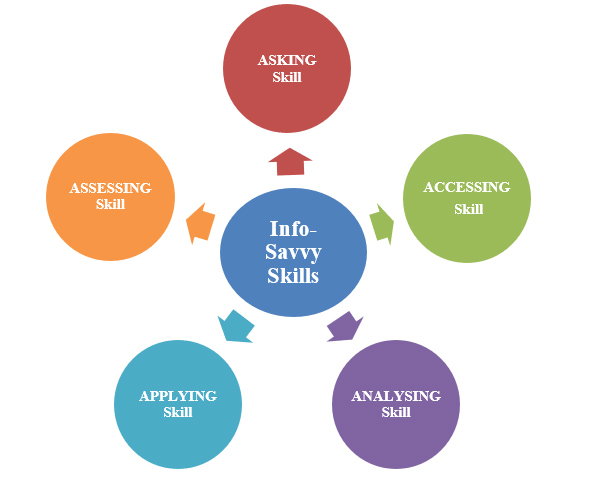The recent worldwide lockdown is not a historical change but a paradigm shift of the society from modern and post modern to hyper modernity. This ushers a fabulous global transformation in every step of human life Although people are facing some daily problem of basic needs, I am highly optimistic about it. Here my main concern is about the situation in the Indian subcontext. Before this halt in life, different media houses exposed that the government of India is signing and declared that India will be a digital India. When this idea was published in the newspspers, magazines etc. , we could never realized the gravity of this slogan. Suddenly “Ghar Bandi”(stay at home) model has modified our traditional conversation into a virtual conversation. This is not a curse but blessings for the Indian people to be acquainted more with the latest information technologies in an Information Age.. While some may consider the Digital Divide to be a national crisis, others may consider it to an overvalued non-issue. Actually the Digital Divide refers to the perceived gap between those who have access to and those who do not.
Europe, America and Australia have already reached to that highest level through their digital development and now they are more dependent on e – card rather than paper but the people are not dissociated whereas Indian scenarios are different compared to these countries. The fuzzy myth is prevailing that if the digital divide continues to exist then India might be in a different position and the dissociation may affect the whole country. Here lies the misunderstanding between development and under development .As a result India is also following the same path as high tech core countries to a certain extent did. Indian society was adopting all kinds of modern e – gadgets according to choice.
So the sudden lockdown has created such a situation that either people have to use digitalized apparatus or die for illiteracy. It’s like a flood when there is nothing to do except to hold one paddy straw for survival in the water . People are now forcefully adopting digital gadgets as otherwise they have got no choice. There is a widespread concern that the Internet is exacerbating inequalities with regard to information between the rich and poor and sudden digitalization has created man as a machine over night.
This mechanization of digital dependence is not a curse but a boon in the present social structure as people are more concerned about timely work keeping in mind the importance of space and motivation towards work situation through the use of computer ,i-pad, phone with so many apps like Zoom, TCSion, google classroom, e-seminar,video conference and so on. This has created a new kind of consciousness that like core /developed countries , they can easily be well equipped with the modern form of digital use . This is a new engine of New India through which Indian people can achieve success for generation after generation.
Indigenous products may create peoples’ lives more smooth and through mass involvement of virtual gadgets which in turn can provide a safe ,great and free life. Till today we are running with low speed but now speed is our motto of high digitalization. It can proliferate across India.
It forecasts a better future ,more luxury, accommodative and an e- journey without hassle .It will not only bind rural, urban ,suburban and cosmopolitan cities but also make a bridge without any hardship. We can say that it is connecting mind with hyper active measures through visual and sometimes non visual networks. We shall “Bande mata, Bharat Mata” ( bow to our Mother India) from Kashmir to Kanyakumarika, from Asia to Europe and America .We can proudly utter “Made in India” with boldness.
India can save its capital from unnecessary expenditures. Refurbishment of e-technology and networking system can facilitate India’s fund in the Reserve Bank which can further create refurbishment in man’s necessities. India can prove its sustainability in the long run without the assistance of other countries. India will be the Gateway to superfast growth .
REFORMS IN EDUCATION SECTOR:
A new kind of academic flavor will come up which deals with high tech-savvy highly digitalized syndrome that will surpass all other traditional mechanism in the education sector .The new pattern of education system may create one second distance mode of education which is available irrespective of Rural-Urban barriers and can be made accessible to all sections of pupils in India. This neo-digital education system may create a new path for the new generation of our country. Highly digitalized education system can be less economic oriented but made available to all sections of the society. As a result a new employment opportunity will grow that can dilute the rural urban division.
REFORMS IN WOMEN SECTOR:
The common view is that the Indian public cares less about women folk , as a result, most of the women stay at home. They are either dependent on their father or on their husband and son for the whole life. Through digitalized instrumentation, they can get the opportunity for empowerment instead of living with their disengaged condition. The growth of female citizens may bring the country’s speedy prosperity.
At a glance ,this new system will be conducive to gear up new sectors which is still unknown area to us. This is an epoch making process for the growth of this nation .This journey is a positive reverse journey towards a New India.











